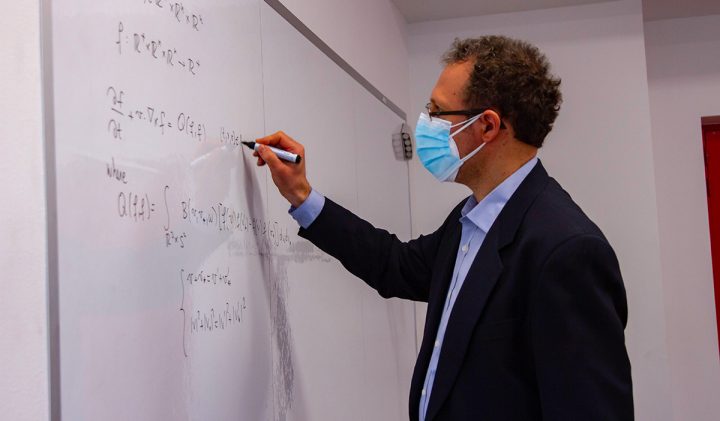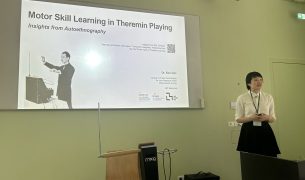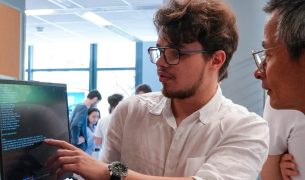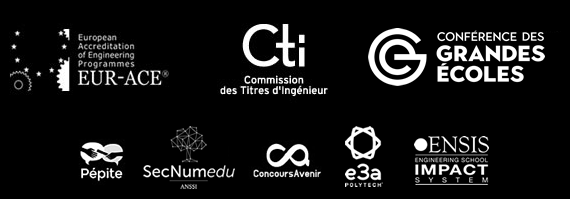DVRC’s Francesco Salvarani’s contribution to the project on aerosol transmission of Covid-19 is part of a scientific partnership with the Swiss Federal Institute of Technology in Zurich (“ETH Zürich”).
Francesco Salvarani, a professor in Mechanics at ESILV Engineering School, member of the De Vinci Research Center (DVRC), recently submitted a proposal for a research project on the aerosol transmission of Covid-19.
He is one of the French researchers selected by the French and Swiss Ministries of Europe and Foreign Affairs and National Education to engage in a joint research project.
Among the selected projects is the project “Mathematical study of COVID-19 transmission through droplet ejection” led by Francesco Salvarani (DVRC) and Mikaela Iacobelli (Swiss Federal Institute of Technology Zurich, ETHZ).
The project’s aim is the mathematical study and numerical simulation of models of aerosol suspension in a carrier fluid to understand the transmission of the SARS-CoV-2 virus better.
The DVRC and ETH Zurich cooperation
The DVRC is the project leader in France. Within the French team, colleagues from the University of Orléans and the Ecole Nationale des Ponts et Chaussées also participate in the research.
The DVRC’s partner institution in Switzerland is the Swiss Federal Institute of Technology Zurich (ETHZ), which is the most prestigious polytechnic university in Switzerland and one of the most important research centres in the world (n. 6 in the global Q&S 2021 ranking and n. 2 in Europe).
More than twenty Nobel Prize winners are linked to this school; among its students is Albert Einstein, the father of relativity theory.
This research project led by the DVRC and the ETHZ reinforces the position of the DVRC as a player in international scientific and academic cooperation.
Mathematical modelling of Covid-19 transmission
In addition to the practical implications for a better understanding of SARS-CoV-2 transmission, this research may be useful in other areas where fluid-aerosol interaction causes non-trivial phenomena such as, for example, the evolution of dust in the case of a loss of vacuum in a nuclear fusion reactor.
The mathematical description of this phenomenon requires the use of several coupled partial differential equations, at least one of which has, for modelling purposes, several variables greater than the number of variables observable at the macroscopic scale.
One of the advantages of mathematical modelling is the possibility of treating many different phenomena sharing the same underlying physical dynamics in a unified framework.
The De Vinci Research Center is home to a wealth of expertise in multiple fields such as applied mathematics, physics, computer science, artificial intelligence, robotics, smart objects, etc. A better understanding of aerosols’ behaviour will help inform the safety guidelines during the current and future pandemics and other infectious diseases.





















